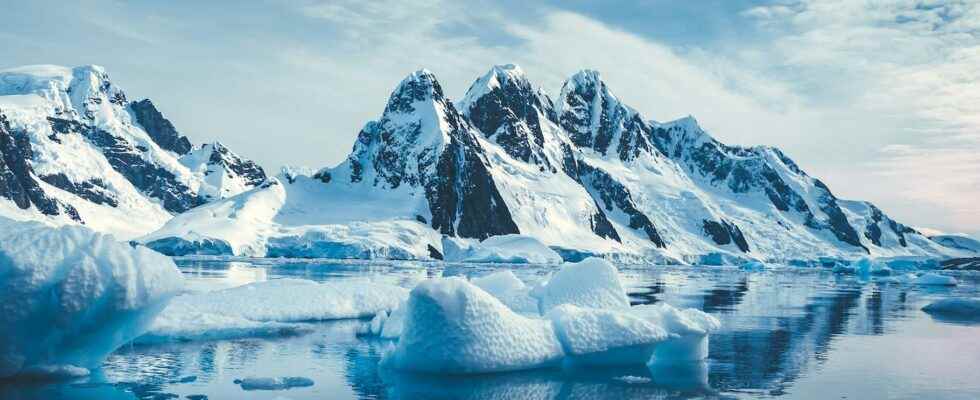You will also be interested
[EN VIDÉO] Melting permafrost promotes global warming Permafrost, or permafrost in English, includes the soils of our planet that are permanently frozen. It is threatened with permanent melting by global warming. His disappearance worries scientists. Cnes tells us more during this video.
The permafrost (or permafrost, in English) refers to the part of the ground at depth that is permanently frozen. With the temperature increases associated with human-caused warmingthe permafrost degradation in the arctic regions attracts the attention of scientists.
A team, made up of Charles K. Paull and his collaborators from the MBARI oceanographic research center, published in the review PNAS a new study on the dramatic changes observed in the seabed of theArctic Following the melting permafrost. They worked on the morphology of the seabed of the continental slope of the Canadian Beaufort Sea and undertook bathymetric data collection, repeated over intervals of two to nine years. These readings were obtained thanks to the deployment of a new technology: vehicles submarines autonomous vehicles (AUV) and sonar embedded devices allowing to map the ground under the sea with a high resolution.
Depressions observed for the first time
These researchers were able to observe rapid morphological changes in the ocean floor characterized by the development of depressions and escarpments in the ground up to 28 meters deep. They appeared at several sites between 120 and 150 meters depth below surface water level, near the permafrost boundary of the last ice Age when the global sea level was around 125 meters below than currently.
While Arctic permafrost thaw is attributed to rising temperatures due to climate change, the data available to Charles K. Paull and his colleagues does not show a warming trend. Rather, they seem to indicate that changes to the sea floor have been occurring for thousands of years and are the result of older, slower climate changes.
The rise in sea level between the last glacial period and now causes a displacement of the gradient geothermal involving regional thawing of the permafrost base to produce groundwater. These groundwater systems at movement slow will carry the heat which will lead to the modification of the Arctic seabed.
Continuation of the mission for more information
This work on the seafloor morphology of the continental slope of the Canadian Beaufort Sea is the first area of the Arctic studied with multiple multibeam bathymetric surveys. As a result, it is not yet clear how widespread these changes are on the continental shelves around the Arctic. Paull and his team are therefore preparing for a new voyage aboard a Korean icebreaker, the RV Araon, to better understand the dynamics, extent and origin of submarine permafrost decomposition.
These studies are important because thaw causes instabilities on surface land that negatively impacts infrastructure such as destruction of roads, buildings, railways and airports. In addition, melting permafrost can be expected to cause emissions of nitrous oxide in large quantities. This greenhouse gas is 300 times more potent than CO2 and destroyer of the ozone layer.
Interested in what you just read?
